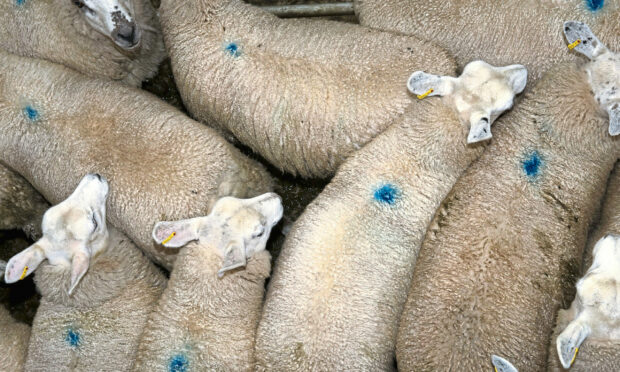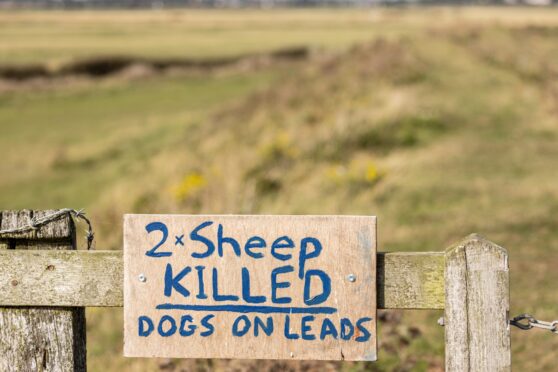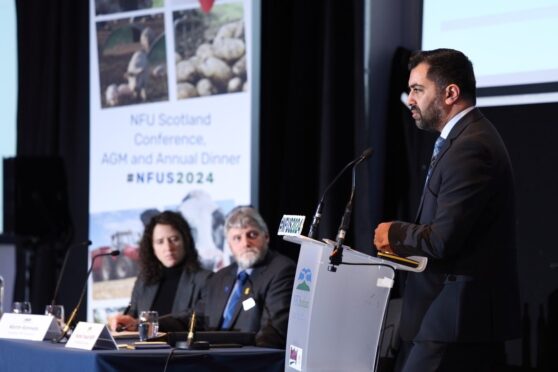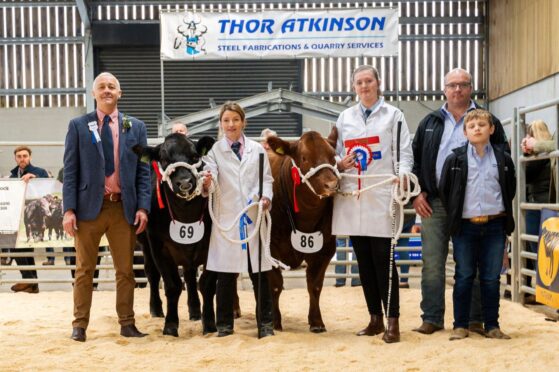Prime sheep prices have rebounded from a season low in October, according to Quality Meat Scotland.
Prices rose from 220p/kg in late October, to average 241p/kg at Scottish marts in the week ending November 9.
With more lambs reaching the market in the fortnight since, prices have settled at an average of 241p/kg and 240p/kg respectively in the weeks to November 16 and 23.
Across Great Britain as a whole, the second and third weeks of November have seen the largest weekly volumes of finished lambs since the week before Eid al-Adha in July. Numbers were 13% higher than the weekly average over the previous quarter and matched year-earlier levels after trailing in 12 of the previous 13 weeks.
Highest sheep prices since mid-August
QMS market intelligence manager Iain Macdonald said: “Placing current market conditions into some context, the average price of 241p/kg so far in November at Scottish marts is the highest since mid-August.
“However, it has left prices lagging more than 10% behind the seasonal records of late 2021, when there had been a lift from around 235p/kg in mid-October to around 270p/kg in November.
“Market prices have continued to hold nearly 20% above the five-year average, with prices trading around 170p/kg in 2017 and 2018, rising to 190p/kg in 2019 and 210p/kg in 2020.”
We've released Scotland’s Cattle and Sheep Enterprise Profitability report 2022, which identifies developments by key performers in the Scottish livestock industry. Download the report here https://t.co/bebGVmyRZo or request a printed copy by emailing info@qmscotland.co.uk pic.twitter.com/56H5Ca8tJx
— QMS (@qmscotland) November 18, 2022
With ongoing household budget pressures as rising living costs outpace wage growth, shoppers have been looking to trade down to cheaper cuts and switch to cheaper proteins, leading to a challenging retail environment for lamb.
According to insights firm Kantar, in the 12 weeks to October 30, fresh lamb averaged more than £12/kg across the GB retail sector, compared to under £9/kg for fresh beef.
Household spending on fresh lamb trailed year-earlier levels by 15%, with higher prices leading to a 23% reduction in sales volumes. For fresh beef, spending rose by 2% but higher prices meant volume fell by 7%.
Dry summer made it challenging for sheep producers
For fresh pork and poultry, sales volumes were similar to 2021 levels as, despite showing considerable price inflation, spending rose significantly – up 8% for pork and 13% for poultry.
In many areas, a dry summer made it challenging for producers and slowed the arrival of lambs on to the market. Between June and October, Defra reported a 3% fall in lamb slaughtering compared to last year, despite a 13% year-on-year decline in the same period of 2021.
Mr Macdonald said: “After factoring in an increased June lamb crop in England and a 5.5% increase in store lamb sales at Scottish marts, it points to the potential for a further increase in hogg numbers across Great Britain early next year.”
Import volumes rebounded to a three-year high in the first nine months this year. However, even if this trend were to continue in the final quarter, imports would likely remain 15-20% below the levels of 2017 and 2018, and around 25-35% below 2011-16 levels.
Although export volumes dipped behind 2021 in Q3, they remained higher than import volumes, with the net effect of the trade balance being a reduction in UK market supply.
Mr Macdonald added: “For UK exports, household budget pressures in the EU may be limiting the volume of demand for UK lamb.
“However, import prices paid for GB lamb carcases at Rungis wholesale market in Paris have risen 6% since the start of November.”












Conversation